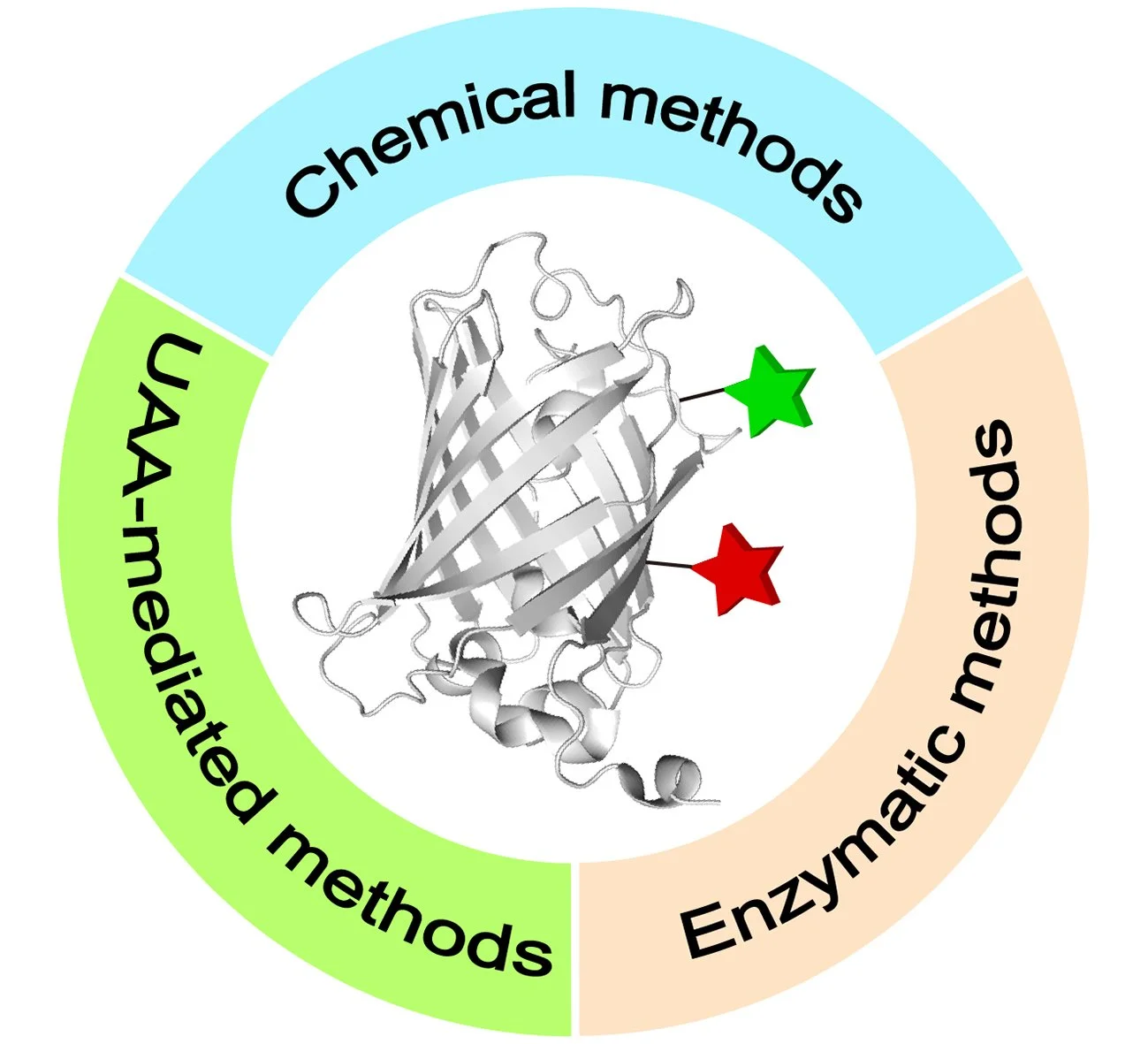48. Recent Toolboxes for Chemoselective Dual Modifications of Proteins
Abstract:
Site-selective chemical modifications of proteins have emerged as a potent technology in chemical biology, materials science, and medicine, facilitating precise manipulation of proteins with tailored functionalities for basic biology research and developing innovative therapeutics. Compared to traditional recombinant expression methods, one of the prominent advantages of chemical protein modification lies in its capacity to decorate proteins with a wide range of functional moieties, including non-genetically encoded ones, enabling the generation of novel protein conjugates with enhanced or previously unexplored properties. Among these, approaches for dual or multiple protein modifications are increasingly garnering attention, as it has been found that single modifications of proteins are inadequate to meet current demands. Therefore, in light of the rapid developments in this field, this review provides a timely and comprehensive overview of the latest advancements in chemical and biological approaches for protein dual functionalization. It further discusses their advantages, limitations, and potential future directions in this relatively nascent area.
Yiping Zhao, Tiangmeng Zhang, Yujie Zhu, Juan Yin, Rida Omer, Xinya Hemu*, Wenyi Li*, Xiaobao Bi* (2024) Recent Toolboxes for Chemoselective Dual Modifications of Proteins, Chem. Eur. J. 2024, e202402272.
